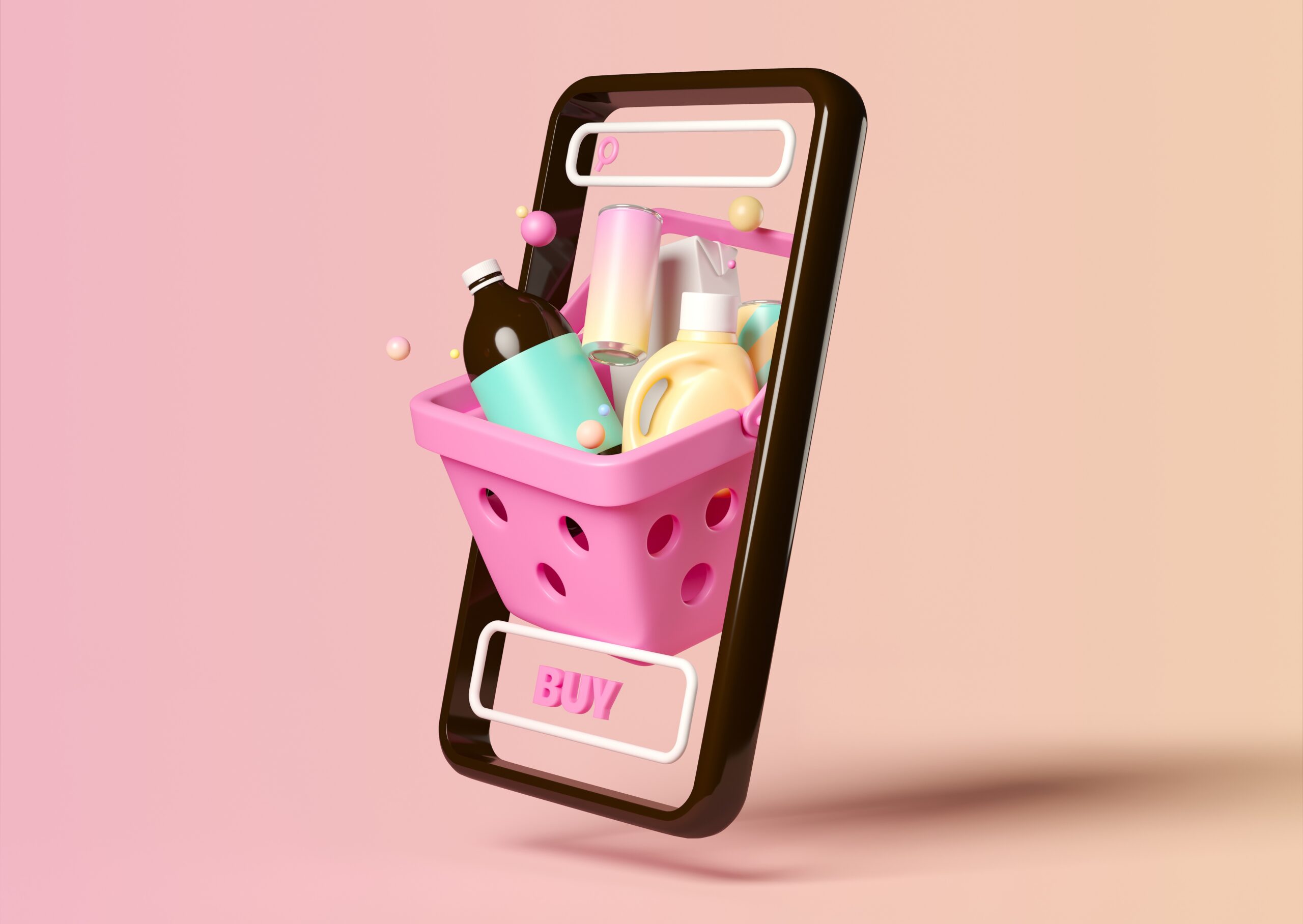The advertising world lies largely in the hands of six agency holding companies — Omnicom, Havas, Dentsu, IPG, WPP, and Publicis — which serve as the overarching structures that own and control myriad smaller advertising firms. These agency holding companies all face the same external business challenges — slowing growth, new competition, and the growing need for new skills. But they are taking divergent paths in confronting these struggles.
Historically, holding companies followed the same tried-and-true playbook — growing via acquisition model and accruing clout as they ramped up scale, thereby increasing access to major clients. However, the recent shift driven by digital has rendered scale and buying power less salient than access to the right data.
The Rise of the New — Consulting Firms Enter the Agency World
Ad agency silos have long blocked access to said data, inhibiting collaboration and slowing down work streams. These weaknesses were exploited by consulting firms, who successfully muscled into the advertising game with their own targeted enterprise data offerings to pose a significant competitive threat.
To battle the Accentures and Deloittes of the world, the big six agency holding companies are all vying to get to the same place — win more of their client’s budgets and take back some of the market share they’ve more recently ceded to consulting firms. To get there, however, they’re taking different routes. Some are betting on data ownership, while others are doubling down on finding efficiencies across their networks and following different paths.
Agency Brands — Do They Matter Anymore?
While some agency holding companies are doubling down on their marquee agency brands, others are looking for efficiencies by having their historically competitive agencies come together to work as a “single” agency.
Publicis has perhaps been the most vocal about operating as a “single” company since acquiring Sapient in 2014. Their integrated strategy won over major global clients like GSK and Marriott, albeit at the expense of individual agency contributors, shared Greg Paull, co-founder and principal at independent global marketing consultancy R3.
Publicis has been pushing its “Power of One” model for years, through which it transformed its business model and organizational structure to center around client needs by facilitating access to all its services across agencies in a fluid, seamless manner — touting the move as one from holding company to platform. By pooling creative, strategic, and technology expertise, their aim is to provide top-tier service by cohesively leveraging the individual strengths of its many subsidiary agencies.
In a somewhat mixed approach, IPG and Omnicom continue to spotlight the achievements of individual agency brands like McCann and BBDO on earnings calls, capitalizing on the brand equity that these agency names evoke. Still, behind the scenes, they also have a history of combining services across agencies to service major clients. Omnicom Media Group is now managing new business development for all of its subsidiary agencies in order to eliminate operational siloes.
WPP, on the other hand, has been merging individual agencies across disciplines to form sub-holding companies that effectively pool resources, doubling down on its corporate brand and leveraging talent across its network more cohesively.
Does this Transformational Collaborative Business Model Work?
Like all things, there is an upside to this cross-agency, collaborative trend — and a downside. Clients see a single bill for services without the dust-ups that can happen behind the scenes. However, what looks good to the C-Suite and shareholders may not work so well for the folks on the ground.
The land of ‘cooperative creative’ can provoke unrest among employees, and executives have complained about the lack of communication despite newly broken-down siloes. Others cite a sense of confusion about where their loyalties should lie if they only work half the time for the actual agency that employs them.
Paull from R3 said that holding companies that veer too far in the direction of a collaborative singular organization may struggle, as “intercompany conflicts are still a top five issue for big brands.”
Pfizer — A Client-led Push for Consolidation
Sometimes, however, it’s the clients who call the shots. After all, the customer is always right. Pharmaceutical giant Pfizer decided to consolidate its agency relationships and house its account, worth $2.8 billion in 2022, to a single agency. The NYC-based pharma company, whose accounts had historically been spread across a vast network of agencies and agency holding companies, wanted to find economies of scale and simplicity with its advertising agency engagements on the heels of pulling in tens of billions of dollars from its COVID-19 drug and vaccines.
But in September 2022, Andreas “Drew” Panayiotou came aboard as the company’s inaugural biopharma Global Chief Marketing Officer role. His goal was to “bring Pfizer’s marketing organization into the same transformation the larger organization has undergone over the past years — to be more innovative, nimbler, and data-driven,” Panayiotou told PR Week in an interview. “By consolidating and centralizing our agency model, we will use scale to our advantage to get the best of the best from the agency world and power better content creation.”
In February 2023, the brand initiated a massive global agency review to regroup its media, creative, production, and PR duties under one roof. After an intense process of scrutinizing proposals, Pfizer chose two agencies: IPG Health to spearhead creative and Publicis Collective to lead media planning/buying, technology, data, and creative production.
Whether this model will ultimately ladder up to better work for a better price remains to be seen. Only time will tell.
__________________________________
Bottomline
Regardless of the way in which the big six advertising holding companies position themselves to remain competitive in the rapidly changing advertising world, they’re all doing what they can to find organizational efficiencies while augmenting service offerings as they seek to find cost savings, reduce churn, and hang on to clients. It’s clear they have their work cut out for them.
As the world of advertising continues to twist and morph, many brands are looking for new ways to reach their audiences. If you are looking for innovative, creative solutions at scale, Creative Circle offers a full suite of creative and marketing services focused on optimizing your business and solving your unique challenges.



